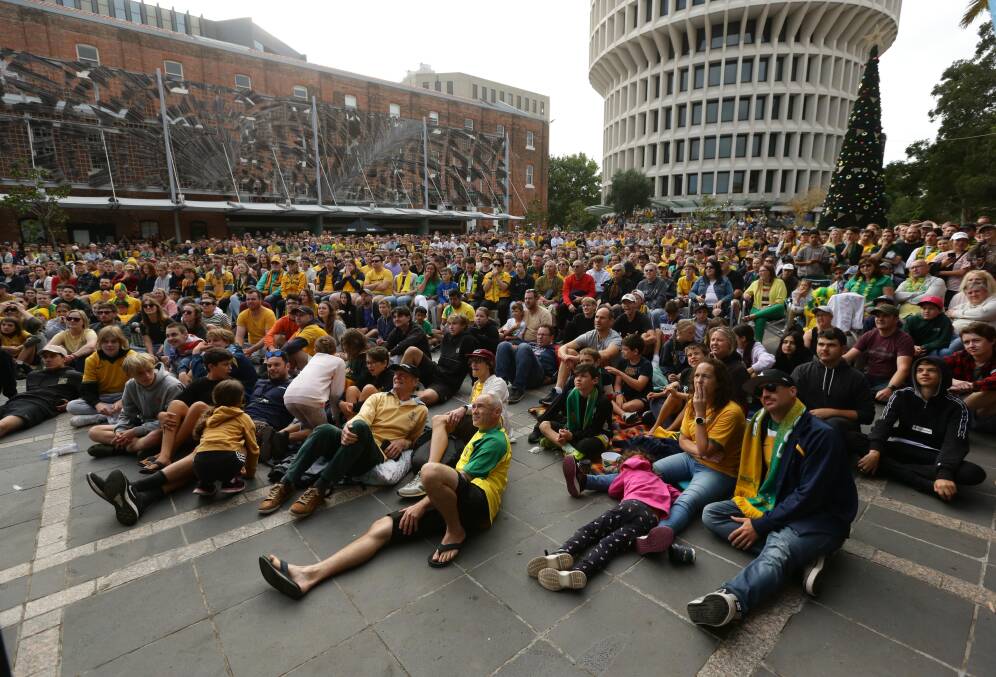
A key regional advocacy group says the Lower Hunter has "much more capacity for growth and heavy lifting" to accommodate population rises across Greater Sydney.
The Committee for the Hunter says in its submission on the NSW government's "Six Cities" discussion paper that, with the right planning and infrastructure, the Lower Hunter can handle more people.
"It's obvious to anyone that has visited the big cities of the world that the Hunter has much more capacity for growth," Committee for the Hunter chief executive Alice Thompson said.
"This city region can set a far bolder vision for the economy and population than current planning documents indicate, and this doesn't rely on everyone living in high-rises.
"And I think we ought to think bigger, provided that best-practice planning and infrastructure is synced with growth so we get all the benefits that come with scale and current residents' quality of life is not diminished."
The government published its Six Cities discussion paper in September to stimulate debate about the best way to plan for a Sydney mega-region which includes Newcastle and Wollongong.
The government has expanded the remit of the newly renamed Greater Cities Commission to include the Lower Hunter and Illawarra and will produce "city plans" for each of the six "cities" over the next two years. The other areas are Central Coast and Sydney's west, east and centre.
The Department of Planning and Environment's Hunter Regional Plan 2041, published last week, forecasts a Hunter population of 950,000 by 2041.
An earlier draft of the plan predicted the region's population would hit 860,000 by 2041, but numerous indicators suggest the Hunter's growth rate is accelerating.

"We encourage a macro view to population growth in the region plan and how this could be distributed across city regions to achieve Six Cities goals," the Committee for the Hunter submission says.
"This is an opportunity to shape outcomes rather than respond to population growth projections."
The committee's submission welcomes the Six Cities discussion paper's focus on "knowledge-intensive" jobs.
"The Hunter has a strong knowledge sector that is an underappreciated driver of jobs and competitiveness," the submission says.
"It takes a different type of planning and infrastructure to support the growth of these jobs than a resource-led economy.
"Firms in these sectors thrive on proximity and agglomeration, requiring a uniquely urban solution to grow, including a strong arts and culture scene, world-class digital and public transport services and amenity for a smart and skilled workforce."
The committee also approved of the Six Cities focus on projecting to a global audience.
"That is the point of difference of [Lower Hunter's] inclusion in the Six Cities and what can be achieved working together to project the scale and might necessary for impact in a competitive global economy."
The submission targets digital and transport connections within the Lower Hunter as a key driver of growth.
"The Hunter is a relatively self-contained economy that benefits from proximity to Sydney but is not dependent on it. This makes intra-regional connectivity a priority.
"In particular, public transport accessibility and services are not sufficient for an economy or population of this size and have encouraged car dependency.
"Unless addressed, this will reduce liveability, competitiveness and productivity, and actively work against GCC goals for the six city region and NSW commitments to net zero.
"The Hunter is already a 15-minute city. Travel times are not the issue. The priority for this city is to provide more transit options, in particular public transport and active transport, to reduce car dependency.
"Public transport services on existing infrastructure must be improved in the short term while planning and investing in future capacity.
"The Hunter can no longer afford to wait or rely on the promise of future improvements."
The committee says fast rail which links Newcastle with Sydney and Wollongong and "provides coherency to their development" is the "right place for GCC focus".
"There is a level of local cynicism around fast and high speed rail given how many announcements and promises have been made that have not come to fruition.
"We recommend evidence of progress, clear delivery pathways and timing emerge soon to increase confidence."
The committee's submission also reiterates calls for immediate investment in infrastructure to unlock housing land as well as long-term infrastructure planning.
It also recommends a strong role for government in investing directly in affordable and social housing.
The submission says the government should "scope" a Special Activation Precinct, a state program designed to speed up planning and delivery of industrial and commercial land, for an "intermodal" freight hub.
The hub would connect and integrate all modes of freight transport in the Lower Hunter and provide space for industry development.
The committee's submission takes aim at how the Lower Hunter is identified as "Lower Hunter and Greater Newcastle City" in Six Cities terminology.
"The title Lower Hunter and Greater Newcastle City is too long for natural communication," it says.
"The Lower Hunter region and Greater Newcastle basically refer to the same geography, and these terms are used interchangeably locally.
"If the Hunter is to project to a global audience, as emphasised in the discussion paper, this title should be changed and shortened."
Ms Thompson said the name "really is no biggie, but I've got to say it is a mouthful".
"The vision for the Six Cities region emphasises global competitiveness, so we are not defining an identity for ourselves but one that speaks to an international investment audience," she said.
"The current city plan name reads like local turf wars between councils as opposed to a unified global city region projecting strongly to the world.
"We can do better."







